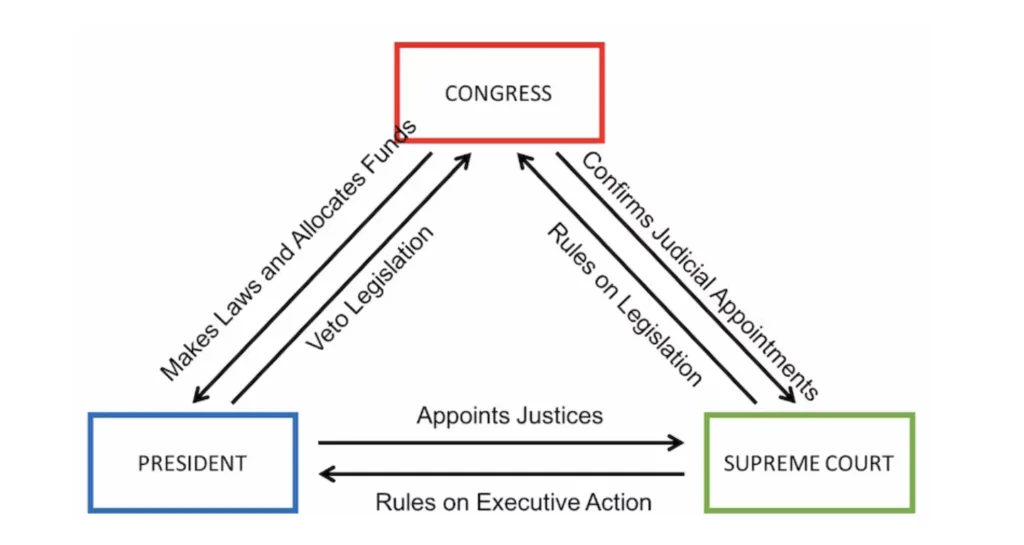The Benefits of a Deep Tissue Massage: A Comprehensive Guide to Healing and Relaxation
Discover the healing power of a deep tissue massage. Learn about its benefits for pain relief, stress reduction, muscle tension, and overall well-being. Explore techniques, tips, and more in this detailed guide to experiencing the full potential of deep tissue therapy.

A deep tissue massage is one of the most effective therapies for relieving chronic pain, stress, and muscle tension. By targeting the deeper layers of muscle tissue, this technique provides a range of physical and emotional benefits. In this blog, we’ll explore the science behind a deep tissue massage, its numerous benefits, and tips on how to make the most of your experience.
What is a Deep Tissue Massage?
A deep tissue massage is a therapeutic technique that involves the application of firm pressure and slow strokes to reach the deeper layers of muscles and connective tissue. Unlike a standard massage, which focuses on relaxation, deep tissue therapy works to alleviate chronic pain and tension caused by muscle stiffness, injury, or stress.
The therapist uses their hands, forearms, and elbows to apply pressure to specific muscle groups, targeting areas where tension and knots accumulate. This deeper manipulation helps to break down adhesions (or "knots"), increase blood flow, and promote healing.
Key Benefits of a Deep Tissue Massage
-
Pain Relief and Muscle Tension Reduction
One of the most significant advantages of a deep tissue massage is its ability to relieve chronic pain and muscle tension. Conditions such as lower back pain, neck stiffness, and sports injuries benefit greatly from deep tissue therapy. By targeting the deeper layers of muscles, the therapist can help alleviate discomfort, allowing for better mobility and function. -
Improved Circulation
The firm pressure applied during a deep tissue massage helps stimulate blood flow to the affected muscles, which can reduce inflammation and promote faster healing. The enhanced circulation ensures that vital nutrients and oxygen reach the muscle tissues, helping to repair any damage caused by tension or injury. -
Stress and Anxiety Relief
Stress can manifest in physical symptoms such as muscle tightness, headaches, and even digestive issues. A deep tissue massage works not only to release physical tension but also to promote mental relaxation. The therapeutic touch stimulates the release of endorphins, the body’s natural "feel-good" chemicals, which can significantly reduce feelings of anxiety and stress. -
Improved Posture
Poor posture often stems from muscle imbalances or tension. A deep tissue massage can address these imbalances by releasing tightness in the back, shoulders, and neck. This helps to align the spine and encourage better posture, which in turn can reduce the risk of long-term back and neck issues. -
Better Flexibility
Deep tissue therapy aids in increasing flexibility by breaking down scar tissue and releasing tight muscles. This is particularly beneficial for individuals who experience stiffness due to injuries, aging, or overuse of specific muscle groups. Regular sessions can lead to improved flexibility and range of motion. -
Detoxification
During a deep tissue massage, the therapist may encourage lymphatic drainage, which helps to flush toxins out of the body. The manipulation of muscle tissue encourages the movement of lymph fluid, which supports the immune system and helps detoxify the body.
When Should You Consider a Deep Tissue Massage?
A deep tissue massage is ideal for individuals suffering from chronic pain or muscle stiffness, particularly those involved in physical activities or sports. It is also highly recommended for people who have experienced an injury and need targeted treatment to heal muscle damage.
Here are some conditions that may benefit from a deep tissue massage:
-
Chronic back, neck, or shoulder pain
-
Sports injuries and muscle strains
-
Postural issues
-
Stress and anxiety
-
Fibromyalgia
-
Arthritis and joint pain
It’s important to note that deep tissue massages are not recommended for individuals with certain medical conditions, such as osteoporosis or blood clotting disorders. Always consult with a healthcare provider before beginning any new therapy, especially if you have underlying health concerns.
What to Expect During a Deep Tissue Massage Session
Before your deep tissue massage, the therapist will likely conduct an initial consultation to discuss your health history, any areas of pain or tension, and your goals for the session. Based on this information, they will create a customized treatment plan to address your specific needs.
During the massage, you may feel varying degrees of pressure. Some areas may feel tender, especially if you have accumulated muscle tension or adhesions. While some discomfort is common, it should not be unbearable. A good therapist will check in with you throughout the session to ensure you are comfortable and can adjust the pressure if needed.
After the massage, you might feel sore in the treated areas, similar to the feeling you get after an intense workout. This is a normal response and typically fades within a day or two. To maximize the benefits, make sure to drink plenty of water after the session to help flush out toxins and aid in the recovery process.
How to Make the Most of Your Deep Tissue Massage Experience
-
Hydrate Before and After
Drinking plenty of water before and after your session is essential to help flush out toxins released during the massage and keep your muscles hydrated. -
Communicate with Your Therapist
Let your therapist know if you feel any discomfort or if the pressure is too intense. They will be able to adjust accordingly to make the session as effective and comfortable as possible. -
Consider Regular Sessions
While one session can provide relief, regular deep tissue massages may be necessary to address chronic pain or long-term muscle tension. Monthly sessions or even bi-weekly appointments can help maintain muscle health and prevent new tension from building up. -
Aftercare
After your session, it’s essential to rest and allow your muscles time to recover. Avoid strenuous physical activity for at least 24 hours following a deep tissue massage to ensure the best results.
Conclusion: Why You Should Try a Deep Tissue Massage
Whether you’re dealing with chronic pain, recovering from an injury, or simply looking for relaxation, a deep tissue massage can offer a variety of physical and mental benefits. By working to release tension, improve circulation, and promote healing, deep tissue therapy can significantly enhance your overall well-being.
If you’ve been considering trying a deep tissue massage, make sure to consult with a licensed massage therapist who can tailor the treatment to your unique needs and ensure you get the most out of your experience.
What's Your Reaction?





















